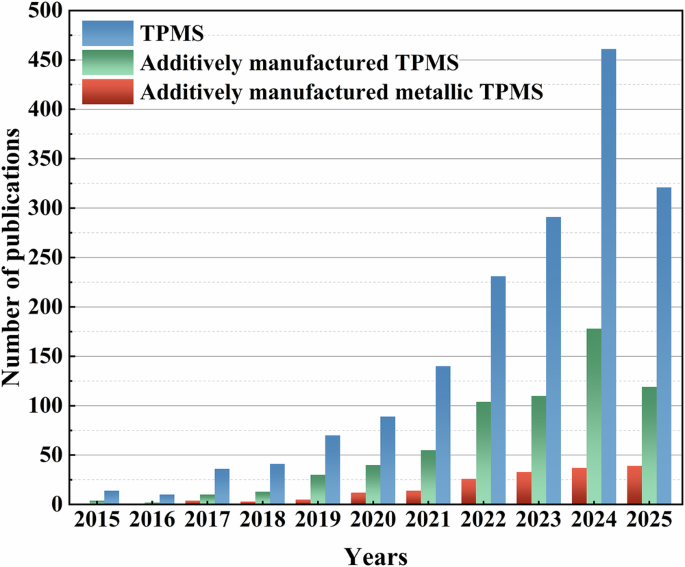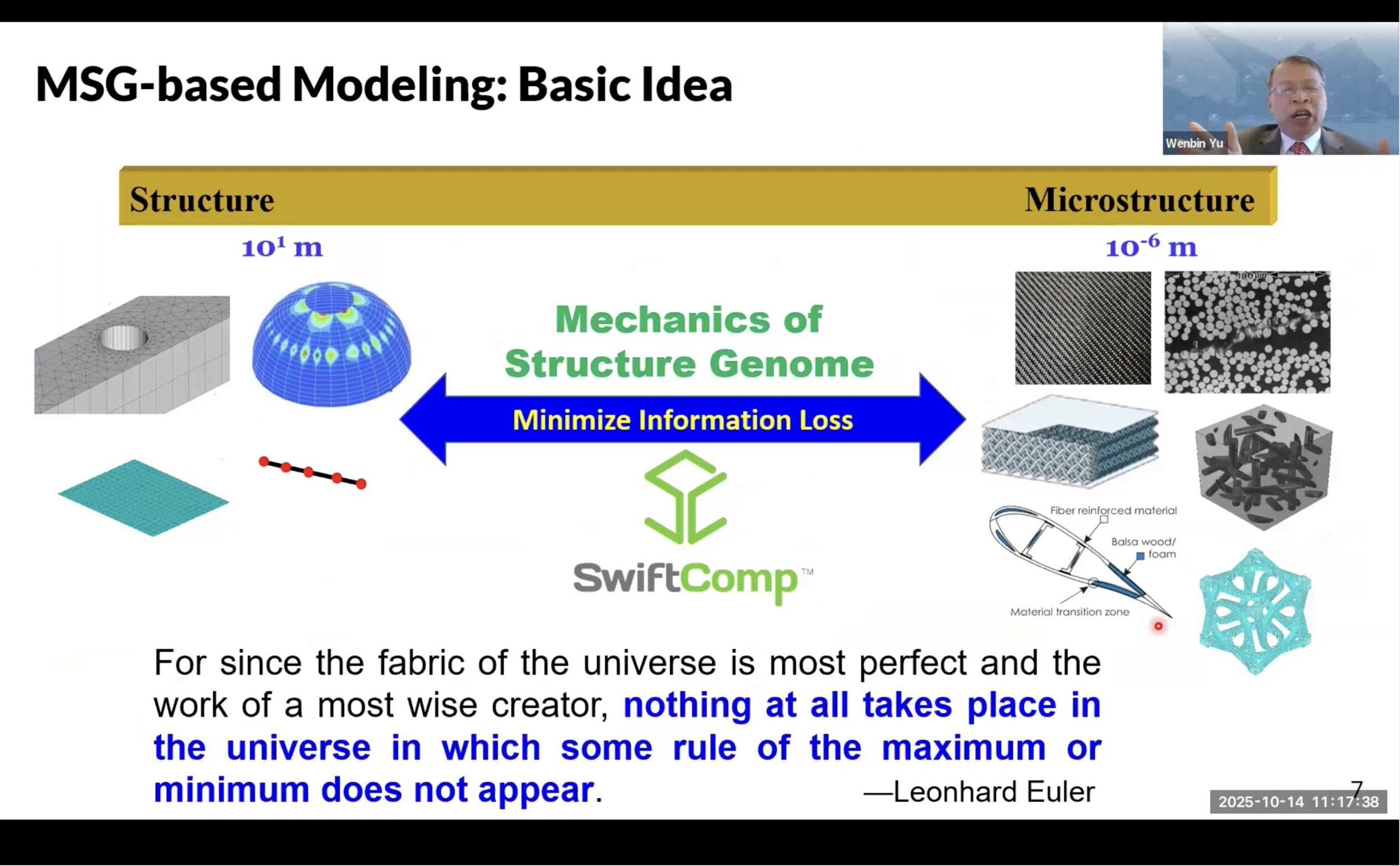Integrated MADM of low-carbon structural design for high-end equipment based on attribute reduction considering incomplete interval uncertainties

Karimi-Maleh, H. et al. Integrated approaches for waste to biohydrogen using nanobiomediated towards low carbon bioeconomy. Adv. Compos. Hybrid Mater. 6, 29 (2023).
Google Scholar
Nie, S. et al. Analysis of theoretical carbon dioxide emissions from cement production: Methodology and application. J. Clean. Prod. 334, 130270 (2022).
Google Scholar
Griffiths, S., Sovacool, B., Kim, J., Bazilian, M. & Uratani, J. M. Industrial decarbonization via hydrogen: A critical and systematic review of developments, socio-technical systems and policy options. Energy Res. Soc. Sci. 80, 102208 (2021).
Google Scholar
Li, X. T., Wang, H. & Yang, C. Y. Driving mechanism of digital economy based on regulation algorithm for development of low-carbon industries. Sustain. Energy Techn. 55, 102909 (2023).
Okorie, D. I. & Wesseh, P. K. Climate agreements and carbon intensity: Towards increased production efficiency and technical progress?. Struct. Change Econ. Dyn. 66, 300–313 (2023).
Google Scholar
Bultan, S. et al. Tracking 21st century anthropogenic and natural carbon fluxes through model-data integration. Nat. Commun. 13, 5516 (2022).
Google Scholar
Nie, X. et al. Contributing to carbon peak: Estimating the causal impact of eco-industrial parks on low-carbon development in China. J. Ind. Ecol. 26, 1578–1593 (2022).
Google Scholar
Wang, W. W., Gao, P. P. & Wang, J. H. R. Nexus among digital inclusive finance and carbon neutrality: Evidence from company-level panel data analysis. Resour. Policy 80, 103201 (2023).
Google Scholar
Jin, B. L. & Han, Y. Influencing factors and decoupling analysis of carbon emissions in China’s manufacturing industry. Environ. Sci. Pollut. Res. 28, 64719–64738 (2021).
Google Scholar
Liu, J., Yang, Q. S., Ou, S. H. & Liu, J. Factor decomposition and the decoupling effect of carbon emissions in China’s manufacturing high-emission subsectors. Energy 248, 123568 (2022).
Google Scholar
Lu, H., Elahi, E. & Sun, Z. Y. Empirical decomposition and forecast of carbon neutrality for high-end equipment manufacturing industries. Front. Environ. Sci.-Switz. 10, 926365 (2022).
Google Scholar
Ma, X. M., Liu, X. & Pan, X. L. Global value chain participation impacts carbon emissions-Take the electro-optical equipment industry as an example. Front. Environ. Sci.-Switz. 10, 943801 (2022).
Google Scholar
Mungkung, R., Dangsiri, S. & Gheewala, S. H. Development of a low-carbon, healthy and innovative value-added riceberry rice product through life cycle design. Clean Technol. Environ. 23, 2037–2047 (2021).
Google Scholar
Zhang, J. N., Lyu, Y. W., Li, Y. T. & Geng, Y. Digital economy: An innovation driving factor for low-carbon development. Environ. Impact Asses. 96, 106821 (2022).
Google Scholar
Sarangi, P. K. et al. Sustainable utilization of pineapple wastes for production of bioenergy, biochemicals and value-added products: A review. Bioresour. Technol. 351, 127085 (2022).
Google Scholar
Khan, A. M. et al. Assessment of cumulative energy demand, production cost, and CO2 emission from hybrid CryoMQL assisted machining. J. Clean. Prod. 292, 125952 (2021).
Google Scholar
Xiang, H., Li, W. Q., Li, C. X., Ling, S. T. & Wang, H. D. Optimization configuration model and application of product service system based on low-carbon design. Sustain. Prod. Consump. 36, 354–368 (2023).
Google Scholar
He, B. & Mao, H. Y. Digital twin-driven product sustainable design for low carbon footprint. J. Comput. Inf. Sci. Eng. 23(6), 060805 (2023).
Google Scholar
Kong, L. et al. Life cycle-oriented low-carbon product design based on the constraint satisfaction problem. Energy Convers. Manag. 286, 117069 (2023).
Google Scholar
Wu, J. Green product family design with low-carbon postponement fulfilment: A bilevel interactive optimization approach. Comput. Ind. Eng. 189, 109944 (2024).
Google Scholar
Ren, S. D. et al. An extenics-based scheduled configuration methodology for low-carbon product design in consideration of contradictory problem solving. Sustainability 13(11), 5859 (2021).
Google Scholar
Joshi, S. & Sharma, M. Intelligent algorithms and methodologies for low-carbon smart manufacturing: Review on past research, recent developments and future research directions. IET Collaborat. Intell. Manuf. 6(1), e12094 (2024).
Google Scholar
Feng, Y. X. et al. Environmentally friendly MCDM of reliability-based product optimisation combining DEMATEL-based ANP, interval uncertainty and Vlse Kriterijumska Optimizacija Kompromisno Resenje (VIKOR). Inf. Sci. 442, 128–144 (2018).
Google Scholar
Wang, G. et al. A product carbon footprint model for embodiment design based on macro-micro design features. Int. J. Adv. Manuf. Technol. 116, 3839–3857 (2021).
Google Scholar
Feng, Y. X. et al. Disassembly sequence planning of product structure with an improved QICA considering expert consensus for remanufacturing. IEEE T. Ind. Inform. 19, 7201–7213 (2023).
Google Scholar
Ocampo, L. A., Labrador, J. J. T., Jumao-as, A. M. B. & Rama, A. M. O. Integrated multiphase sustainable product design with a hybrid quality function deployment-multi-attribute decision-making (QFD-MADM) framework. Sustain. Prod. Consump. 24, 62–78 (2020).
Google Scholar
Hong, Z. X. et al. Performance balance oriented product structure optimization involving heterogeneous uncertainties in intelligent manufacturing with an industrial network. Inf. Sci. 598, 126–156 (2022).
Google Scholar
Cui, K. Y. et al. Extraction of evolutionary factors in smart manufacturing systems with heterogeneous product preferences and trust levels. Eng. Appl. Artif. Intel. 129, 107655 (2024).
Google Scholar
Spreafico, C., Landi, D. & Russo, D. A new method of patent analysis to support prospective life cycle assessment of eco-design solutions. Sustain. Prod. Consump. 38, 241–251 (2023).
Google Scholar
Al Handawi, K., Andersson, P., Panarotto, M., Isaksson, O. & Kokkolaras, M. Scalable set-based design optimization and remanufacturing for meeting changing requirements. J. Mech. Des. 143, 021702 (2021).
Google Scholar
Cheng, J., Wang, R., Liu, Z. Y. & Tan, J. R. Robust equilibrium optimization of structural dynamic characteristics considering different working conditions. Int. J. Mech. Sci. 210, 106741 (2021).
Google Scholar
Mahmood, T., Ali, Z., Aslam, M. & Chinram, R. A study on the Heronian mean operators for managing complex picture fuzzy uncertain linguistic settings and their application in decision making. J. Intell. Fuzzy Syst. 43, 7679–7716 (2022).
Google Scholar
Di Caprio, D. & Santos-Arteaga, F. J. Uncertain interval TOPSIS and potentially regrettable decisions within ICT evaluation environments. Appl. Soft Comput. 142, 110301 (2023).
Google Scholar
Dai, J. H., Wang, Z. Y. & Huang, W. Y. Interval-valued fuzzy discernibility pair approach for attribute reduction in incomplete interval-valued information systems. Inf. Sci. 642, 119215 (2023).
Google Scholar
Mendez, G. M., Lopez-Juarez, I., Montes-Dorantes, P. N. & Garcia, M. A. A new method for the design of interval Type-3 fuzzy logic systems with uncertain Type-2 non-singleton inputs (IT3 NSFLS-2): A case study in a hot strip mill. IEEE Access 11, 44065–44081 (2023).
Google Scholar
Yao, Y. W. et al. An interval uncertainty optimization algorithm based on radial basis function network differentiation. Eng. Optimiz. 56(6), 896–918 (2023).
Google Scholar
Zhang, X. Y., Chen, X. W., Xu, W. H. & Ding, W. P. Dynamic information fusion in multi-source incomplete interval-valued information system with variation of information sources and attributes. Inf. Sci. 608, 1–27 (2022).
Google Scholar
Li, J., Shao, Y. B. & Qi, X. D. On variable-precision-based rough set approach to incomplete interval-valued fuzzy information systems and its applications. J. Intell. Fuzzy Syst. 40(1), 463–475 (2021).
Google Scholar
Dai, J. H., Wei, B. J., Zhang, X. H. & Zhang, Q. L. Uncertainty measurement for incomplete interval-valued information systems based on α-weak similarity. Knowl. Based Syst. 136, 159–171 (2017).
Google Scholar
Liu, X. Y., Ju, Y. B. & Yang, S. H. Some generalized interval-valued hesitant uncertain linguistic aggregation operators and their applications to multiple attribute group decision making. Soft Comput. 20(2), 495–510 (2016).
Google Scholar
Srirekha, B. et al. Attributes reduction on SE-ISI concept lattice for an incomplete context using object ranking. Mathematics 11(7), 1585 (2023).
Google Scholar
Hendiani, S. & Walther, G. TOPSISort-L: An extended likelihood-based interval-valued intuitionistic fuzzy TOPSIS-sort method and its application to multi-criteria group decision-making. Expert Syst. Appl. 123, 121005 (2023).
Google Scholar
Deng, J., Zhan, J. M., Herrera-Viedma, E. & Herrera, F. Regret theory-based three-way decision method on incomplete multiscale decision information systems with interval fuzzy numbers. IEEE Trans Fuzzy Syst. 31(3), 982–996 (2023).
Google Scholar
Gupta, S., Pani, S. K., Muduli, K., Vaish, A. & Kumar, A. Risk managed cloud adoption: An ANP approach. Int. J. Math. Eng. Manag. 8, 78–93 (2023).
Moghaddam, D. J., Sazvar, Z. & Keramati, A. Fuzzy DEMATEL-ANP-based approach for determining the CRM readiness factors. Int. J. Inf. Tech. Decis. (2023).
Li, C. T., Kou, Y. E., Shen, D. R., Nie, T. Z. & Li, D. Cross-grained neural collaborative filtering for recommendation. IEEE Access 12, 48853–48864 (2024).
Google Scholar
Cui, Z. H., Jin, Y. Q., Zhang, Z. X., Xie, L. P. & Chen, J. J. An interval multi-objective optimization algorithm based on elite genetic strategy. Inf. Sci. 648, 119533 (2023).
Google Scholar
Simic, V., Gokasar, I., Deveci, M. & Karakurt, A. An integrated CRITIC and MABAC based type-2 neutrosophic model for public transportation pricing system selection. Socio-Econ. Plan. Sci. 80, 101157 (2022).
Google Scholar
Narayanamoorthy S. et al. Assessment of inorganic solid waste management techniques using full consistency and extended MABAC method. Environ. Sci. Pollut. R. (2023).
Cheng, J., Zhang, Y. Y., Feng, Y. X., Liu, Z. Y. & Tan, J. R. Structural optimization of a high-speed press considering multi-source uncertainties based on a new heterogeneous TOPSIS. Appl. Sci. 8, 126 (2018).
Google Scholar
Krishnan, E. et al. Interval type 2 trapezoidal-fuzzy weighted with zero inconsistency combined with VIKOR for evaluating smart e-tourism applications. Int. J. Intell. Syst. 36, 4723–4774 (2021).
Google Scholar
Cheng, J., Feng, Y. X., Lin, Z. C., Liu, Z. Y. & Tan, J. R. Anti-vibration optimization of the key components in a turbo-generator based on heterogeneous axiomatic design. J. Clean. Prod. 141, 1467–1477 (2017).
Google Scholar
Pamucar, D., Mihajlovic, M., Obradovic, R. & Atanaskovic, P. Novel approach to group multi-criteria decision making based on interval rough numbers: Hybrid DEMATEL-ANP-MAIRCA model. Expert Syst. Appl. 88, 58–80 (2017).
Google Scholar
Pamucar, D., Chatterjee, K. & Zavadskas, E. K. Assessment of third-party logistics provider using multi-criteria decision-making approach based on interval rough numbers. Comput. Ind. Eng. 127, 383–407 (2019).
Google Scholar
Qahtan, S. et al. Evaluation of agriculture-food 4.0 supply chain approaches using Fermatean probabilistic hesitant-fuzzy sets based decision making model. Appl. Soft Comput. 138, 110170 (2023).
Google Scholar
link






